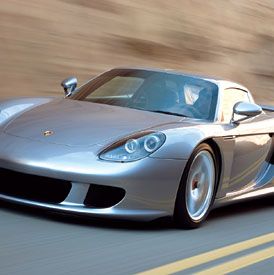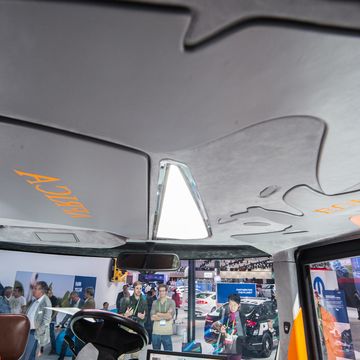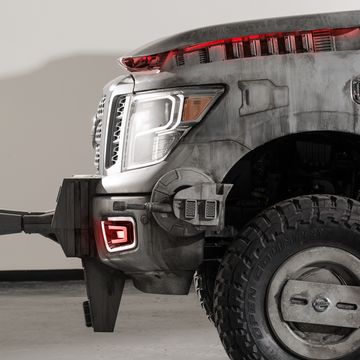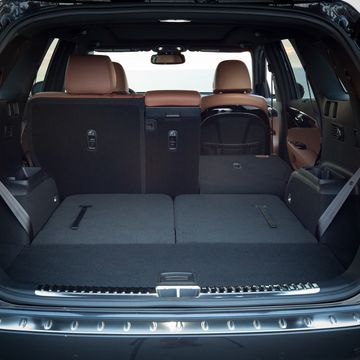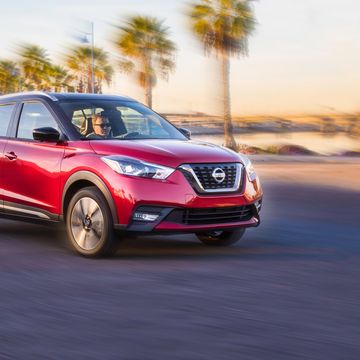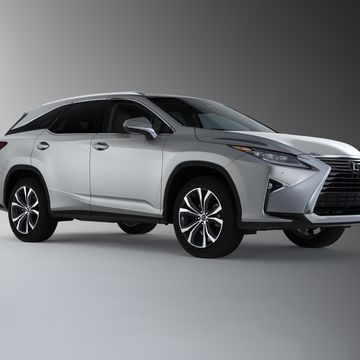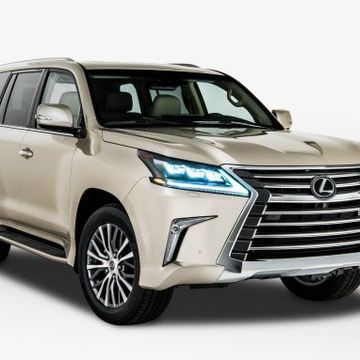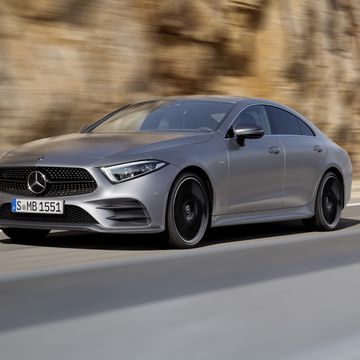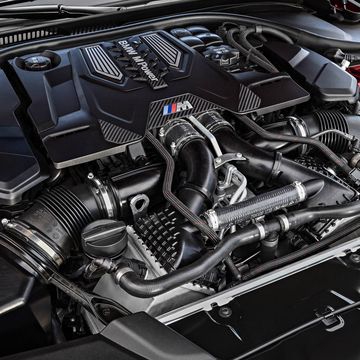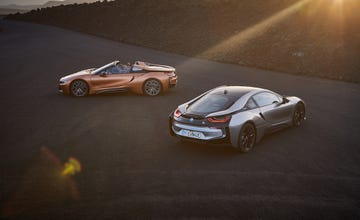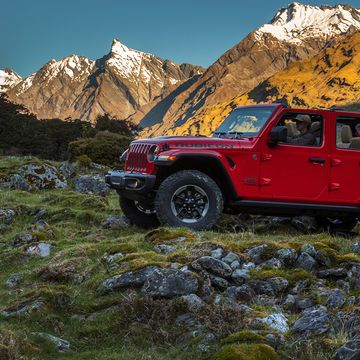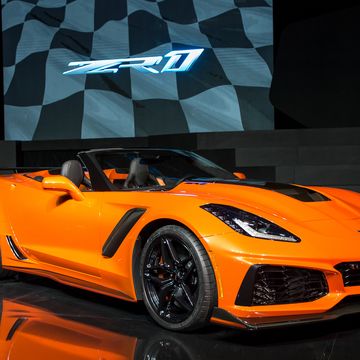When Porsche begins delivering the 2004 Carrera GT late this year, it will deservedly steal "the ultimate Porsche" title from the 911 GT2. And that's saying something.
The GT2, powered by a 477-hp, twin-turbo flat-six engine, is capable of hitting 60 mph in a little under 4.0 seconds and a top speed of nearly 200 mph-all for about 200 grand. For about $440,000, the Carrera GT will beat those numbers: Porsche foresees its supercar reaching 60 mph in about 3.5 seconds, on the way to a top speed of 205 mph.
The GT packs an all-new, naturally aspirated 5.5-liter V-10 engine—mounted amidships—that produces 604 horsepower and 435 pound-feet of torque. Constructed entirely of light alloys, the V-10 weighs a scant 472 pounds and sports double-overhead camshafts, four valves per cylinder with bucket tappets, and variable valve timing on the intake valves. Transferring power to the rear wheels is a six-speed manual transmission with a twin-plate ceramic clutch.
Inspired by the 718RS Spyder of the early 1960s, the Carrera GT wears a carbon-fiber body shell wrapped around a carbon-fiber tub and front structure, with crushable bolt-on tubular extensions made from H400 high-strength steel. The independent front and rear unequal-length control-arm suspension features coil-over gas-pressurized shocks mounted horizontally on the structure via pushrods and rockers.
Naturally, the Carrera GT features brakes befitting a Porsche supercar. Measuring 15.0 inches in diameter, the Porsche Ceramic Composite Brakes are more heat resistant and 50 percent lighter than their cast-iron counterparts. Six-piston one-piece aluminum calipers grip the 1.3-inch-thick discs.
The interior features a conventional 911-like instrument display, aluminum and leather trim, and creature comforts such as sound system, optional air conditioning, and front and side airbags. The racing-type seats have adjustable side bolsters and knee and leg supports to hold passengers firmly in position. Porsche says it will build 1500 of these supercars over the next three years, producing them at a new factory in Leipzig, Germany, with the V-10 engines coming from Porsche's historic facility in Stuttgart-Zuffenhausen.
